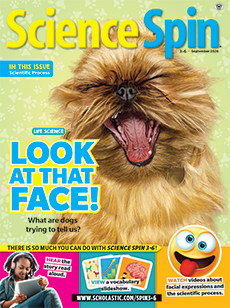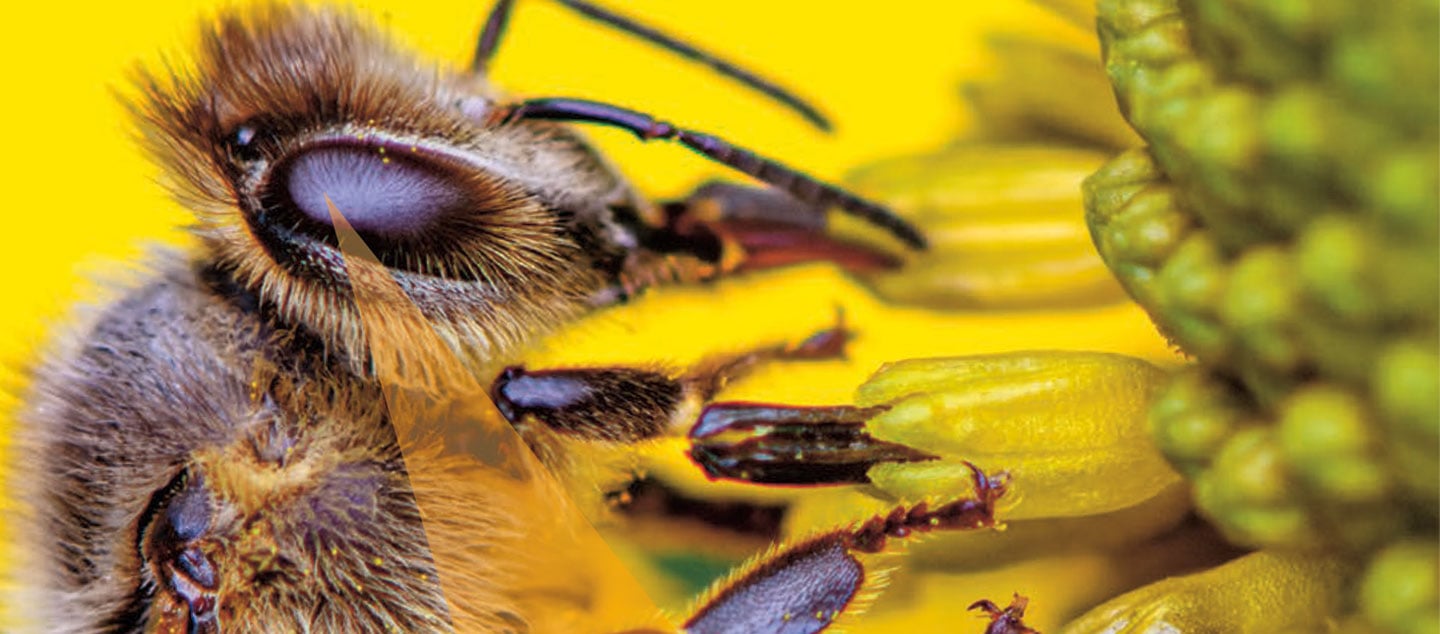What does a bee see as it buzzes over a flower? What does a hungry bird see as it swoops toward a butterfly? People haven’t been able to see what animals see—until now.
Daniel Hanley and a team of scientists built a special camera that lets humans view the world as animals do. Hanley is a scientist who studies how animals sense, or take in, information about their environment.
An animal’s vision affects everything in its life, including how it eats, stays safe, and finds a mate. That’s why Hanley wanted to find out what the world looks like to an animal. It turns out that “animals see very differently from each other,” he says.

